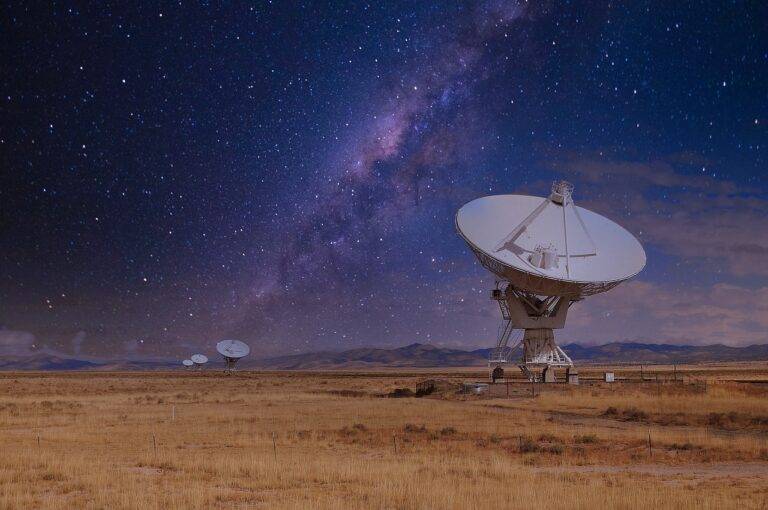Exploring the Role of AI in Wildlife Conservation Camera Trapping
Camera trapping has revolutionized wildlife conservation efforts by providing valuable insights into the behavior and population dynamics of various species. This non-invasive technique allows researchers to gather data on elusive and nocturnal animals that are difficult to study through traditional methods. With the use of motion-sensor cameras placed strategically in the wild, conservationists can monitor wildlife activity, track movements, and estimate population sizes with greater accuracy.
The information obtained through camera trapping plays a crucial role in assessing the effectiveness of conservation strategies and making informed decisions to protect endangered species and their habitats. By analyzing the images and videos captured by these cameras, researchers can identify threats to wildlife, study interactions between different species, and monitor the impact of human activities on ecosystems. Ultimately, camera trapping not only enhances our understanding of wildlife biology but also guides conservation efforts towards sustainable coexistence between humans and animals.
Understanding the Challenges Faced by Conservationists
Conservationists encounter a myriad of obstacles while striving to protect wildlife and preserve natural habitats. One of the primary challenges faced is the constant battle against habitat destruction and fragmentation. As human populations expand and urbanize, the available space for wildlife to thrive diminishes, leading to increased human-wildlife conflicts and decreased biodiversity. This conflict between human development and wildlife conservation often puts conservationists in a difficult position, requiring them to find innovative solutions to mitigate the impact of habitat loss.
Another significant challenge is the illegal wildlife trade, which poses a severe threat to many species across the globe. Poaching and trafficking of endangered animals continue to thrive due to high demand for wildlife products in various markets. Conservationists must combat this illegal trade through stricter regulations, law enforcement efforts, and community engagement to raise awareness and curb demand for such products. The interconnected nature of this challenge demands collaboration between governments, organizations, and local communities to effectively combat the illegal wildlife trade and protect vulnerable species from extinction.
Why is camera trapping important in wildlife conservation?
Camera trapping allows conservationists to monitor wildlife populations without disturbing them, providing valuable data for conservation efforts.
What are some of the challenges faced by conservationists?
Conservationists face challenges such as habitat loss, poaching, climate change, and lack of funding for conservation projects.
How does habitat loss impact conservation efforts?
Habitat loss reduces the available space for wildlife to thrive, leading to population declines and increased vulnerability to extinction.
What role does poaching play in conservation challenges?
Poaching threatens the survival of many species by depleting populations for profit, making it difficult for conservationists to protect these animals.
How does climate change affect wildlife conservation?
Climate change alters habitats and disrupts ecosystems, making it harder for wildlife to adapt and survive in changing conditions.
Why is funding crucial for conservation projects?
Funding is essential for implementing conservation strategies, conducting research, and supporting conservation initiatives that protect and preserve wildlife.





